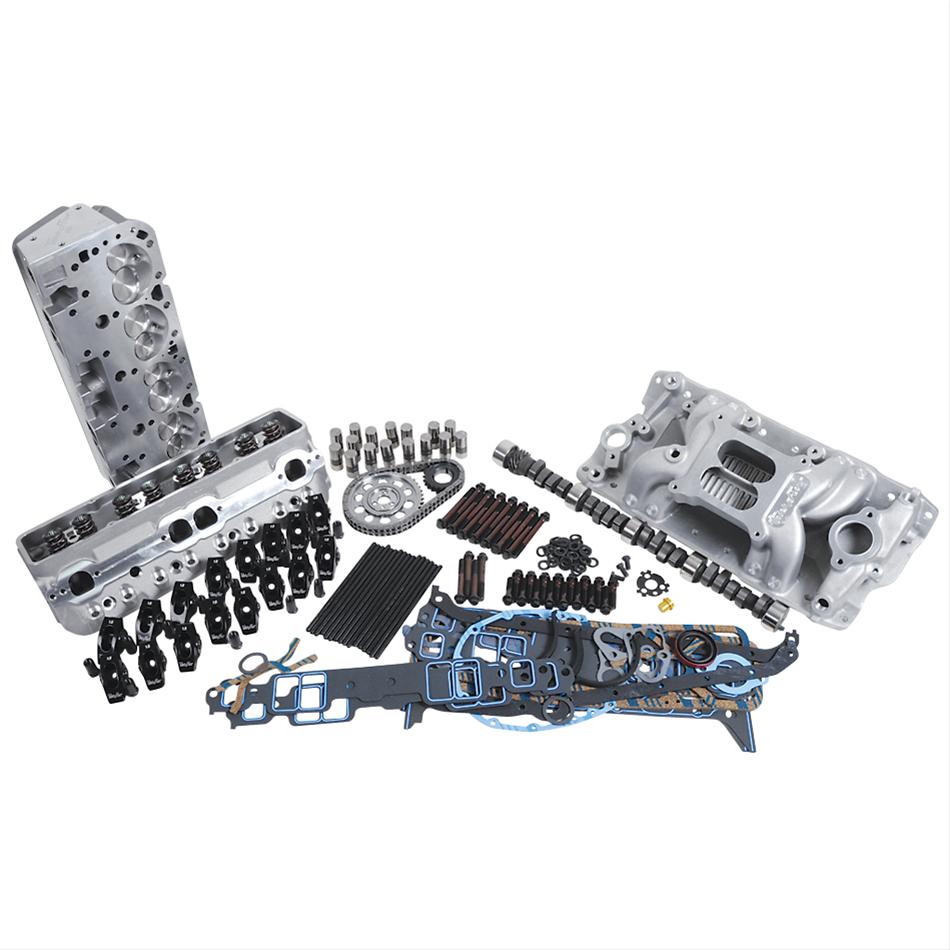
Q: I have a 383 stroker engine that’s making 525 horsepower and 450 foot-pounds of torque. I’m running a Trick Flow Super 23® top-end engine kit with a 9.1:1 compression ratio. I would like to increase the compression to 14.1:1. Would that give me more horsepower? Also, I was thinking of using a 7.5-inch GM rear axle. Do you think it will support the engine’s power?
A: You would see a large increase in power production with a 14.1:1 compression ratio. However, you’d have to make some serious upgrades in order to complete the project. Your current setup won’t flow enough to operate properly at the higher compression.
It’s important to match your engine’s compression with the recommended ratio for the cam you’re running. Too little compression (or too much cam duration) will cause cylinder pressure to drop, which will lower the power output of your engine. Too much compression (or too little cam duration) and cylinder pressure will be too high, causing pre-ignition and detonation. Use the Compression Calculator in the Expert Advice section at SummitRacing.com to find the exact specs you need.
As for the rear axle, the 7.5-inch GM is too small to support the added power created by the increased compression. You’d be much better off with a beefier Ford 9-inch rear.

It looks like the Compression Calculator will compute what you compression is, or will be, but not what it should be. As a non-expert, I would say that the best way to approach this would be to compute the dynamic compression ratio which involves some higher math skills to arrive at an effective dynamic compression ratio which if I recall is somewhere in the neighborhood of 8:1. Then build to that. Other way is trial and error, build it and check compression afterwards with simple compression gauge and shoot for approximate 180 – 195 psi range, depending on aluminum heads, race or street, etc. Formula for dynamic compression ratio are in various locations on the internet.
All of the info above appears logical as well as pragmatic. Especially the cranking compression range of 180 – 195 psi. A couple of additional concerns are the octane rating of the available fuel, vehicle weight, gear ratio and ultimately, the vehicle’s intended purpose. However, I’ve yet to see a successful street/strip engine built with that high of a compression ratio. Typically, a carbureted engine with a CR higher than 10.5:1 spells TRACK ONLY to me.